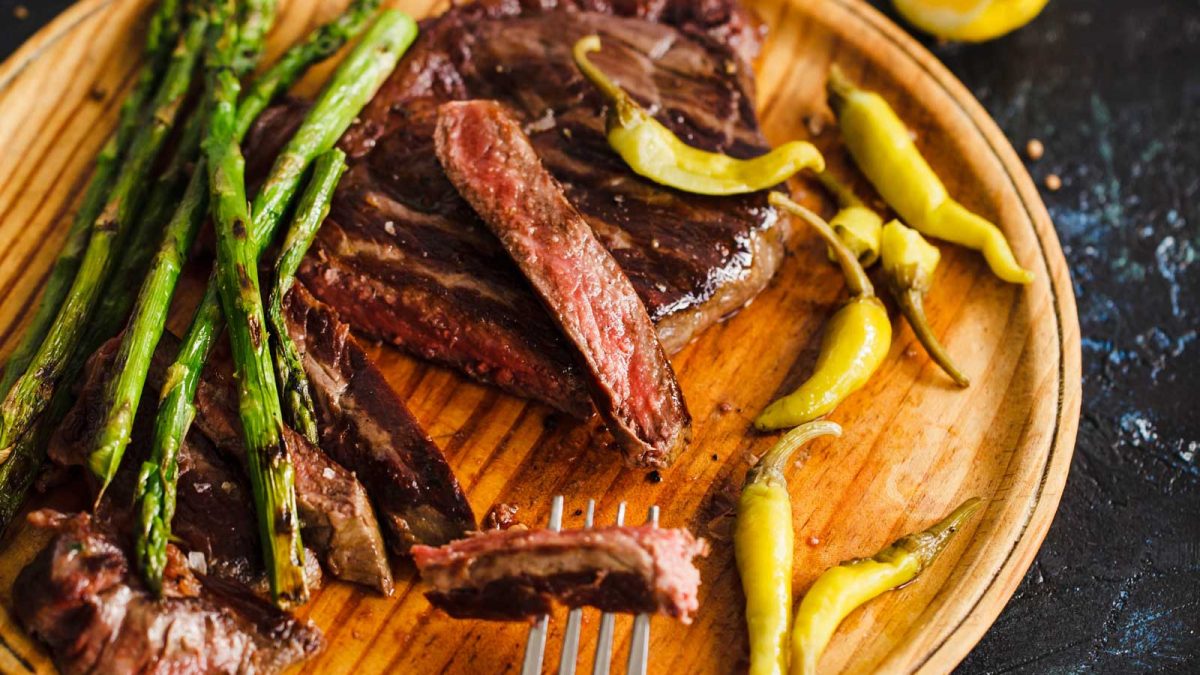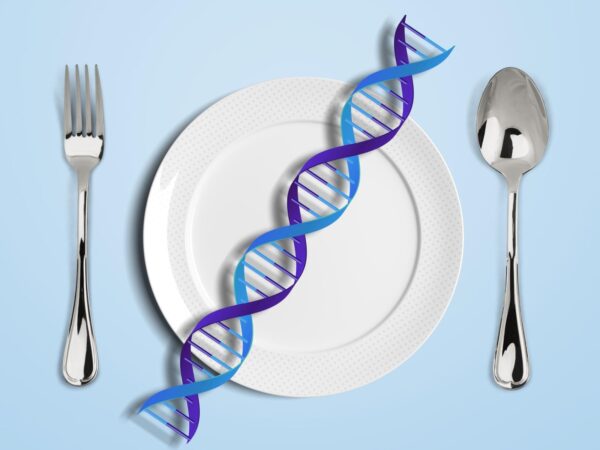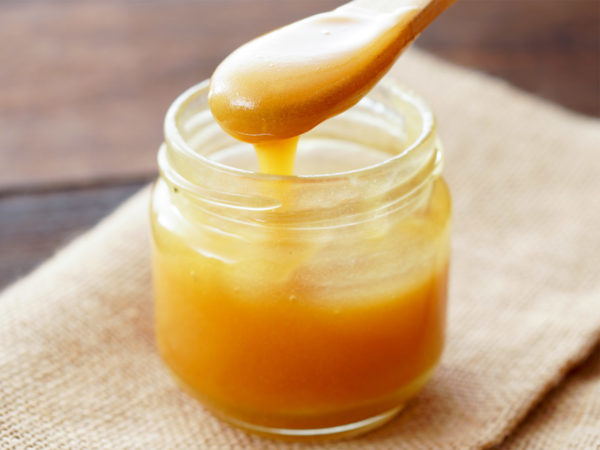The Paleo Diet Food List
Travel back in time 10,000 years ago and you’ll find the Paleo Diet differs greatly from today’s modern plate. There were no additives and preservatives, no soft drinks or cookies, no breads, rice or grains.
In essence, your dinner consisted of foods you could pick fresh and eat right from the earth coupled with whatever you were lucky enough to gather, catch and kill. Here are the basics of the modern Paleo diet:
Paleo Diet Food List: Choosing Meats, Fish & Eggs
- Grass-Fed Meats, Pastured Poultry & Wild Game: Meats, seafood and eggs are the cornerstone of the Paleo diet, comprising up to 70% of the daily “plate”. But these foods were nutritionally very different than the “supermarket” variety animal foods that account for 90% of what we consume today. In Paleo times, there were no growth hormones or antibiotics, no grain feeding of cattle and no feedlots – animals were pastured or grass-fed. The meats and eggs from animals that graze on grass and pasture provide a different (and much healthier) fat profile and more nutrients than the animal products most people consume today.
- Wild Fish: Fish provided a rich source of nutrients in the ancestral diet. But unlike 80% of the fish we consume today – which comes from fish farms – Paleo fish were wild fish. Like grass and pasture grazing land animals, wild fish provide a very different (and healthier) fat profile than farm-raised fish. Plus, no chemical contaminants like antibiotics and polychlorobiphenyls(PCBs) – hormone disrupting chemicals linked to diabetes, cancer and other chronic diseases.
Paleo Diet Food List: Choosing Vegetables & Fruits
- Leafy Greens: Foragers estimate that there were more than 300 edible plants our Paleo ancestors consumed in quantities as much as 6 pounds per day.
- Vegetables: A common mantra of the Paleo lifestyle is “If it can’t be eaten raw, don’t eat it”. That’s not to say that cooking veggies is not allowed, merely that the varieties chosen should be able to be consumed raw. Above ground vegetables of most varieties are encouraged with the exception of green beans and peas (which are legumes).
- Fruits: Fruits are allowed and encouraged. Some Paleo gurus suggest avoiding high sugar fruits. Fruit juices are out of the question due to their high sugar content and heat processing. Dried fruits are also generally discouraged due to their high energy density. Remember – Paleos only ate 20 teaspoons of sugar per year. Most Americans eat 22 teaspoons of sugar per day! Learn about the dangers of sugar in a Paleo diet.
Paleo Diet Food List: Choosing Healthy Fats
- Oils: Olive oil, avocados, avocado oil and nut oils (like macadamia nut oil) are universally endorsed. Fish oil is often recommended. But high-tech seed or legume oils – like as sunflower, safflower, corn oil, vegetable oil and soybean oil – are strictly avoided in the Paleo lifestyle. This makes a big difference in the lipid profile of the diet, making the Paleo diet higher in omega 3 fats and lower in omega 6 fats (Learn more about the dangers of omega-6 in the diet)
- Nuts & Seeds: Nuts and seeds were enjoyed by our ancient ancestors. Nut milks – like unsweetened almond milk and coconut milk are often used as dairy substitutes on the modern paleolithic diet. Because of the phytic acid – a compound that can interfere with the absorption of nutrients – in raw nuts and seeds, many Paleo proponents encourage soaking or sprouting these foods to reduce the anti-nutrients. Keep in mind, some nuts and seeds are very high in omega 6 fats which can promote inflammation. Choose nuts with higher levels of monounsaturated fats.
- Native Fats: Animal fats, such as rendered lard and tallow, as well as bone marrow are encouraged on the Paleo diet. Grass fed butter and ghee are also often allowed, depending on the philosophy
Paleo Diet Food List: Foods to Strictly Avoid
- Grains:The complete avoidance of grains is what makes the Paleolithic diet so dissimilar to the USDA-guided, disease-promoting diet that recommends our entire diet be focused on grains. The evidence for avoiding or reducing grains in the diet for health and well-being is substantial. Grains are highly inflammatory and are high glycemic starchy carbs which convert quickly to sugar in the body.
- Dairy: Our Paleo ancestors did not have domesticated livestock and rarely if ever consumed dairy products. Some paleo experts, like Mark Sisson of The Primal Blueprint, allow dairy as an indulgence, with an emphasis on grass-fed ghee and whey protein.
- Legumes: Beans, peas, lentils and peanuts are not included in the Paleolithic diet as they require cooking. Experts believe there is a relationship between compounds called lectins in legumes and modern food intolerances, leaky gut and autoimmune diseases.
- Added Sugars: Natural sugars from fruit and small amounts of honey are included. But keep in mind – our ancestral diet is a low sugar diet.
- Soft Drinks: The sugar equivalent of two soft drinks (24 tsp of sugar) was more than the caveman’s sugar intake for a year. Not to mention artificial colors, flavors and the other health-harming chemicals in these drinks.
- Artificial Sweeteners: While there’s no doubt that artificial sweeteners were not present in ancestral times, some Paleo proponents allow these dubious chemicals. However, because artificial sweeteners are excitoxins (compounds that harm brain cells) and endocrine disruptors (substances that promote hormonal imbalances) Healing Gourmet does not endorse or allow artificial sweeteners and highly recommends you avoid them.
Paleo Diet Food List: Foods to Consider and Consume in Moderation
- Starchy Tubers: Because these foods cannot be eaten raw, they were not included in the ancestral diet. Starchy tubers include potatoes, sweet potatoes, yams, cassava, and manioc. Beets are debatable.
- Salt: The modern diet contains far more sodium than what our ancestors consumed. Most Paleo experts feel the imbalanced ratio of sodium to potassium is of critical importance. Eating more potassium-rich plant foods and choosing unrefined sea salt (like Real Salt or Celtic Sea Salt) can provide a blend of minerals closer to what Paleos consumed.
- Alcohol: Paleos were thought to have consumed fermented fruit as a source of alcohol. However, strict Paleolithic diets disallow alcohol completely.
- Coffee & Tea: Paleos did not consume coffee or tea. Green tea is considered the “most Paleo” of commonly consumed hot beverages.
Delicious Paleo Recipes… with No Guesswork Required
Think eating Paleo is difficult, boring or lacks in flavor? Think again.
You can enjoy a wide variety of “Paleo-fied” foods like tortillas and breads, pancakes and waffles even pizza and cookies. Check out our wide assortment of healthy and delicious Paleo recipes that will satisfy your appetite and provide a wide variety of health benefits.




Leave a Reply